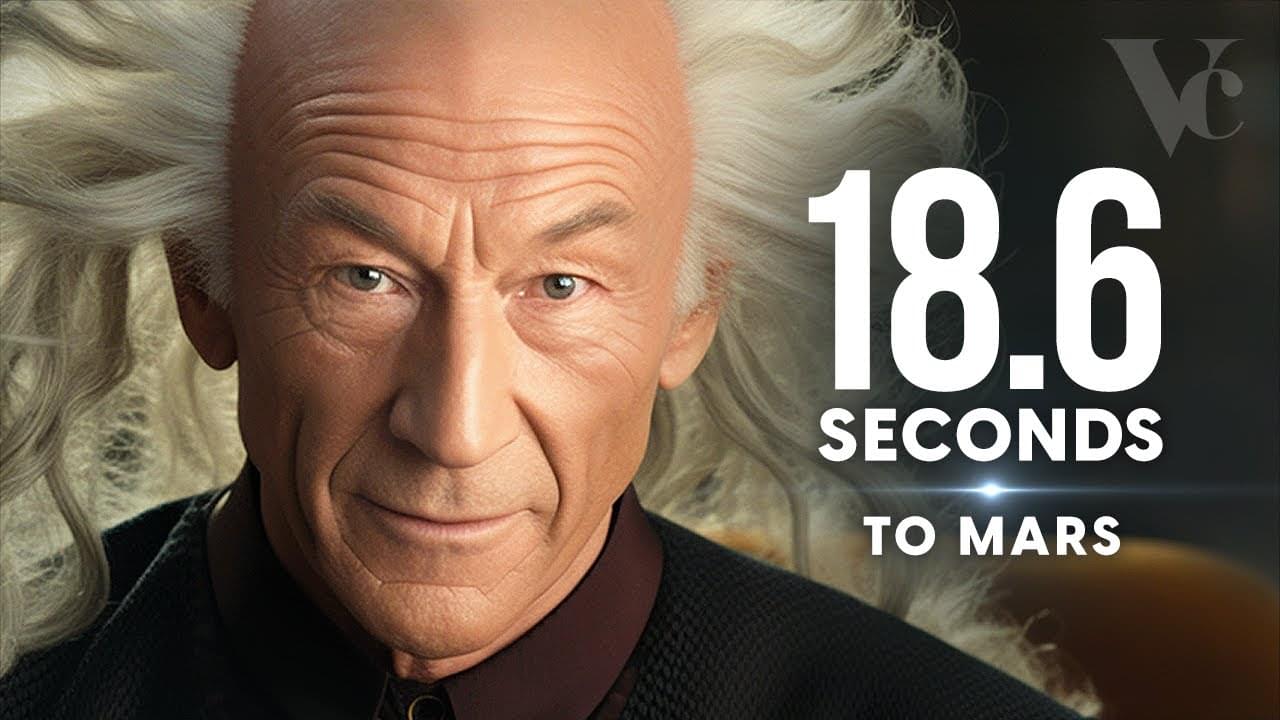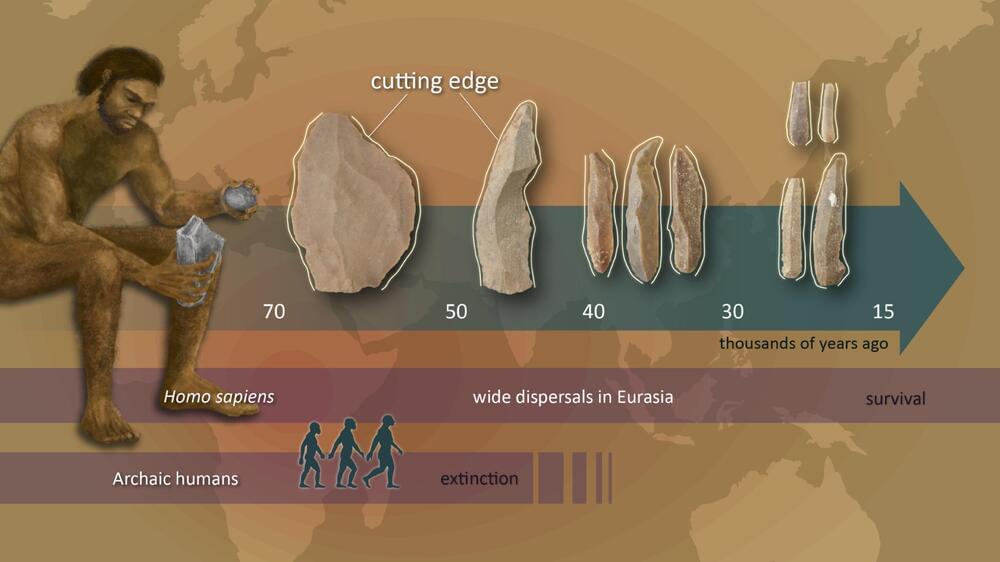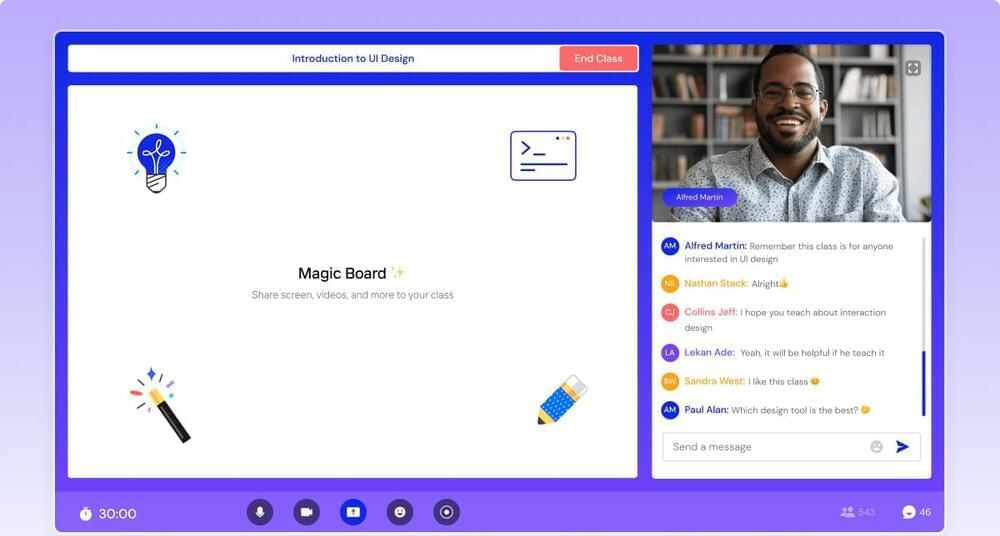Archive for the ‘education’ category: Page 23
Feb 10, 2024
Metacognition: ideas and insights from neuro- and educational sciences
Posted by Shubham Ghosh Roy in categories: education, neuroscience
Title: Metacognition: ideas and insights from neuro-and educational sciences See… https://www.nature.com/articles/s41539-021-00089-5 Abstract: Metacognition comprises both the ability to be aware of one’s cognitive processes (metacognitive knowledge) and to regulate them (metacognitive control)…
Fleur, D.S., Bredeweg, B. & van den Bos, W. Metacognition: ideas and insights from neuro-and educational sciences. npj Sci. Learn. 6, 13 (2021). https://doi.org/10.1038/s41539-021-00089-5
By illustrator, tagged space, comic, cartoon, character, china, chinese, guy, noodles, problem, rocket, nudeln, rakete„ raumschiff, rakete, raumshuttle, astronaut, china, sprache, kultur, raumfahrt, weltall, weltraum, universum, akzent, nudeln, kultur, chinapfanne, essen, nahrung, lebensmittel, schwerkraft, schwerelos, sandwich — Category Education & Tech — rated 3.50 / 5.
Feb 9, 2024
The 18.6 Second Journey to Mars (Warp Jump Sci-Fi Documentary)
Posted by Jose Ruben Rodriguez Fuentes in categories: cosmology, education, space travel

This is a sci-fi documentary, looking at how warp drive technology and warp spaceships work. As well as the negative energy needed to travel at warp speed. The faster than light journey to Mars takes 18.6 seconds, but how long does it take to reach the nearest black hole?
It is a journey showing the future science of space travel, exploration, and future space technology.
Continue reading “The 18.6 Second Journey to Mars (Warp Jump Sci-Fi Documentary)” »
Feb 8, 2024
SpaceX launches billion-dollar environmental research satellite for NASA
Posted by Genevieve Klien in categories: biological, climatology, education, satellites, sustainability

SpaceX launched an environmental research satellite for NASA early Thursday, a nearly $1 billion spacecraft that survived multiple cancellation threats and is now poised to shed new light on climate change and the complex interplay of heat-trapping carbon, aerosols and sea life on global scales.
The Plankton, Aerosol, Cloud, ocean Ecosystem mission — PACE — “will dramatically advance our understanding of the relationship between aerosols and clouds, and the global energy balance,” said Karen St. Germain, director of NASA’s Earth sciences division. “This is one of the biggest sources of uncertainty in our ability to model the climate.”
Continue reading “SpaceX launches billion-dollar environmental research satellite for NASA” »
Feb 7, 2024
Ethics and AI in Education: Self-Efficacy, Anxiety, and Ethical Judgments
Posted by Laurence Tognetti, Labroots Inc. in categories: education, ethics, robotics/AI
“The way we teach critical thinking will change with AI,” said Dr. Stephen Aguilar. “Students will need to judge when, how and for what purpose they will use generative AI. Their ethical perspectives will drive those decisions.”
Can AI be integrated into the classroom? This is what a recent study titled “AI in K-12 Classrooms: Ethical Considerations and Lessons Learned” hopes to address and is one of three studies published in the “Critical Thinking and Ethics in the Age of Generative AI in Education” report by the USC Center for Generative AI and Society. The purpose of the study is to examine the ethics behind how teachers should use AI in the classroom and holds the potential for academics, researchers, and institutional leaders to better understand the implications of AI for academic purposes.
“The way we teach critical thinking will change with AI,” said Dr. Stephen Aguilar, who is the associate director for the USC Center for Generative AI and Society and one of the authors of the study. “Students will need to judge when, how and for what purpose they will use generative AI. Their ethical perspectives will drive those decisions.”
Continue reading “Ethics and AI in Education: Self-Efficacy, Anxiety, and Ethical Judgments” »
Feb 7, 2024
Innovation in stone tool technology involved multiple stages at the time of modern human dispersals, study finds
Posted by Shubham Ghosh Roy in categories: education, evolution
A study led by researchers at the Nagoya University Museum in Japan may change how we understand the cultural evolution of Homo sapiens at the time of their dispersal across Eurasia about 50,000 to 40,000 years ago. These findings challenge traditional beliefs about the timing and nature of cultural transitions during this critical period in human history.
Feb 6, 2024
Techstars-backed Nigerian edtech Klas raises $1M for global scaling of online teaching platform
Posted by Gemechu Taye in category: education
Nigerian online teaching platform Klas has raised $1 million in pre-seed funding led by Ingressive Capital, with participation from Techstars, HoaQ, and several angel investors.
Klas, a Nigerian-based online education platform serving customers globally, has raised $1 million from Ingressive Capital, Techstars.
Feb 6, 2024
Colorado scientists publish research paper that solves the mystery of Castle Rock
Posted by Genevieve Klien in category: education
Colorado scientists who were curious about why Castle Rock remains largely resistant to erosion have published a research paper that provides some answers. They have determined that opal is partially responsible for the notable Colorado rock’s durability.
Castle Rock is visible from several parts of central Douglas County and sits at the center of the city of Castle Rock. Dr. Hagadorn, a curator at Denver Museum of Nature & Science, describes it as an “iconic landmark.”
The study was authored by scientists from the Denver Museum of Nature & Science and states that “Castle Rock’s unique prominence and durability can be attributed to the presence of opal.”
Feb 6, 2024
Major physics publishers join forces to announce ‘purpose-led’ publishing initiative
Posted by Genevieve Klien in categories: business, education, physics
The recent move to open access, in which researchers pay a fee to publish an article in a journal, has also encouraged some publishers to boost revenues by publishing as many papers as possible. At the same time, there has been a rise in retractions, especially of fabricated or manipulated manuscripts sold by “paper mills”. Last year, for example, more than 10 000 journal articles were retracted – a record high – with about 8,000 alone from journals owned by Hindawi, a London-based subsidiary of the publicly-owned publisher Wiley.
The new “purpose-led” coalition is designed to show how the three learned-society publishers have a business model that is not like that of profit-focussed corporations. In particular, they plough all the money generated from publishing back into science by supporting initiatives such as educational training, mentorship, awards and grants. “Purpose-led publishing is about our dedication to science, and to the scientific community,” says Antonia Seymour, IOP Publishing’s chief executive. “We’re proudly declaring that science is our only shareholder.”
















